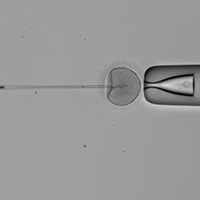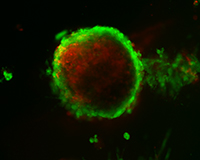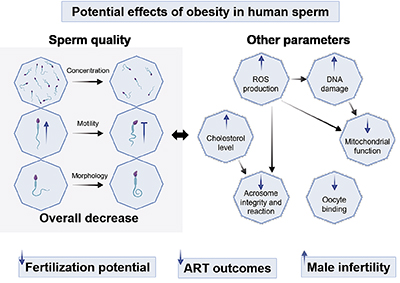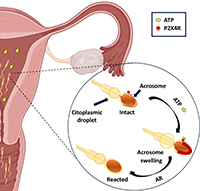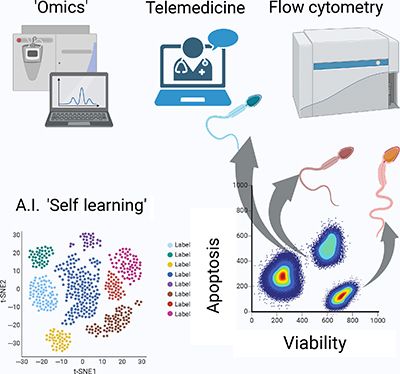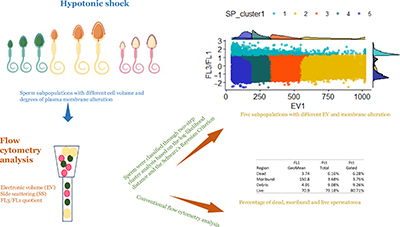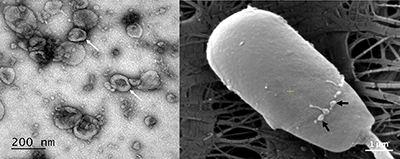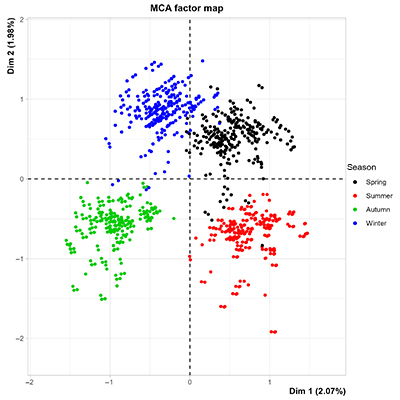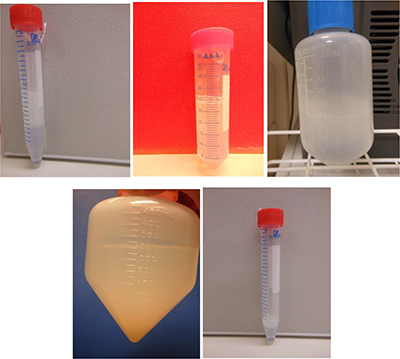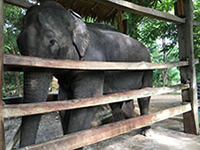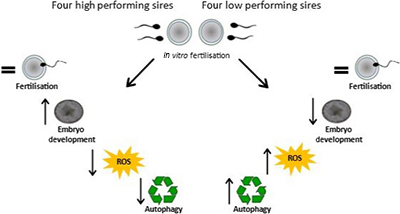Dedication to Jim Cummins
This collection celebrates the important contributions James (Jim) Michael Cummins made to the field of reproductive biology. It covers a variety of topics but with a clear focus on spermatology where Jim’s impact, as a scientist and teacher, was most profound. As a core member of the Editorial Board of Reproduction, Fertility and Development, for a series of Editors-in-Chief, he was a font of wisdom for all aspects of the field, including reproductive technology in humans, and acted as a guardian of editorial principles and ethics.
This article belongs to the Collection Dedication to Jim Cummins.
Intracytoplasmic sperm injection, better known by its acronym ‘ICSI’, is a technique that enables the injection of a single sperm into an egg. Since first practiced in 1992 with human sperm and eggs, it has revolutionised the treatment of male infertility, and an estimated 6 million children have since been born. However, it is not without controversy, especially concerning the long-term health of children conceived through ICSI, as well as the recent push towards automation of sperm selection and injection. Image by M. Inge.
This article belongs to the Collection Dedication to Jim Cummins.
Testicular organoids (TOs) represent a groundbreaking avenue captivating researchers seeking to understand and restore fertility. While TOs hold remarkable potential, their journey to replicate human spermatogenesis within a laboratory environment remains elusive. This review navigates the landscape of TOs, unveiling their unparalleled potential while dissecting the challenges hindering their success, helping refine these models for transformative clinical applications. Photograph by K. Coward..
This article belongs to the Collection Dedication to Jim Cummins.
This review focuses on the potential impact of male obesity on sperm quality and function – a long-debated topic. The adverse effects of obesity on sperm parameters can significantly impair male and couple fertility, resulting in an increased necessity for fertility assistance among obese men. Furthermore, although more definitive research is needed, these individuals often experience poorer outcomes in assisted reproductive technologies. Image by João Ramalho-Santos.
This article belongs to the Collection Dedication to Jim Cummins.
Reproductive systems express different ion channels and transporters that release ATP into their lumens, which may regulate sperm physiology. Epididymal ATP has been suggested to influence basal sperm motility. Oviductal ATP triggers a head sperm volume increase which contributes to acrosome reaction. Image by López-González, I.
This article belongs to the Collection Dedication to Jim Cummins.
Sperm analysis will evolve through the ‘omics’, telemedicine, advanced flow cytometry, and the artificial intelligence.Image by Biorender.com.
This article belongs to the Collection Dedication to Jim Cummins.
Evaluation of sperm quality in farm animals and humans is crucial to predict reproductive efficiency, yet conventional tests are not sufficient to predict fertility. Clustering sperm using individual data from flow cytometry analysis provides more information than typical dot plots, which could better predict sperm fertility and cryotolerance. Herein, combining cluster analysis with flow cytometry led to the identification of five sperm subpopulations with differences in cell volume and membrane integrity, whereas typical dot plots just allowed for the identification of three. Image by the authors.
This article belongs to the Collection Dedication to Jim Cummins.
We examined the tiny structures called extracellular vesicles that come from the fluid in pig uterus in order to understand how these vesicles change during the reproductive cycle of female pigs. Those from the late stages of the cycle seemed to have a strong connection with sperm and a possible key role in fertility. These vesicles regulate sperm function and interaction with oocytes, and they could potentially be used in fertility treatments to improve the chances of successful fertilisation. Photograph by SM Toledo-Guardiola.
This article belongs to the Collection Dedication to Jim Cummins.
Multiple correspondence analysis (MCA) plot for the categorical variables of season of semen collection and age class of 262 individual bulls. Points represent the score of each bull for the quantitative variables (percentage of sperm with intact plasma membrane and acrosome and percentage of sperm with high DNA fragmentation index (immediately after thawing and after 3 h of incubation at 38°C) in different seasons of the year. Photograph by Eleni Malama.
This article belongs to the Collection Dedication to Jim Cummins.
Antimicrobial resistance is a global problem of monumental proportions, requiring radical action to stem its progress. One of the questionable uses of antibiotics is in semen doses used for artificial insemination, which may be contrary to current recommendations to restrict antibiotics for therapeutic purposes. This review describes some of the problems arising from antibiotic use in semen extenders and suggests some alternatives. Photographs by Jane M. Morrell.
This article belongs to the Collection Dedication to Jim Cummins.
There is an urgent need to develop a means of freezing Asian elephant semen, to enable captive breeding conservation programs to maintain genetic diversity. This study revealed important information about the proteins present in the seminal plasma of these animals and how this may contribute to the successful frozen storage of their spermatozoa. These findings will contribute to our understanding of differences in sperm quality between elephants and aid in developing sperm freezing protocols that will lead to the long-awaited birth of an Asian elephant calf from frozen spermatozoa. Photograph by Cameron Negus.
This article belongs to the Collection Dedication to Jim Cummins.
GnRH vaccination is used in male horses to reduce sexual behaviour and gonadal function, but the time to regain fertility varies considerably among individual animals. Daily GnRH agonist treatment for approximately 60 days in stallions vaccinated against GnRH successfully stimulated the production of sex steroid hormones and spermatogenesis. This treatment may be recommended for GnRH-vaccinated stallions with persistent inhibition of testicular function and fertility. Image by Camille Gautier.
This article belongs to the Collection Dedication to Jim Cummins.
Some variants of the melatonin receptor gene affect seasonal reproduction in sheep, but it is not clear how they affect males and their spermatozoa. This study explores the impact of two genetic variants of the melatonin receptor gene on ram seminal quality throughout the year. Results revealed that there is a detrimental effect on seminal quality, more pronounced during the reproductive season, depending on the variant carried, which highlights the potential of genotyping for optimal sire selection in breeding programs. Image by Victoria Peña-Delgado.
This article belongs to the Collection Dedication to Jim Cummins.
Understanding how a sire influences early embryo survival, especially in dairy cattle, can enhance dairy industry efficiency and offer insights for other mammals. Investigating cellular stress in early embryos, this study found that low-performing sires, despite fertilising oocytes equally, may cause lower survival rates in the embryo’s first week due to increased cellular stress mechanisms. Identifying this phenomenon sheds light on malfunctioning cellular mechanisms regulated by the sire, ultimately reducing embryo survival. Image by Lindsey Fallon.
This article belongs to the Collection Dedication to Jim Cummins.
The term ‘mitochondrial vesicle’ was first used in 2003 in a description of anuran sperm and persists to this day in the literature on assisted reproductive technologies (ART) for amphibians. In the present paper, we argue that the term ‘mitochondrial vesicle’ is inappropriate because the widely accepted definition of a ‘vesicle’ refers to an integral structure with an enclosing lipid bilayer/membrane. Photograph by Robert Browne.
This article belongs to the Collection Dedication to Jim Cummins.



